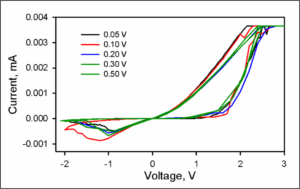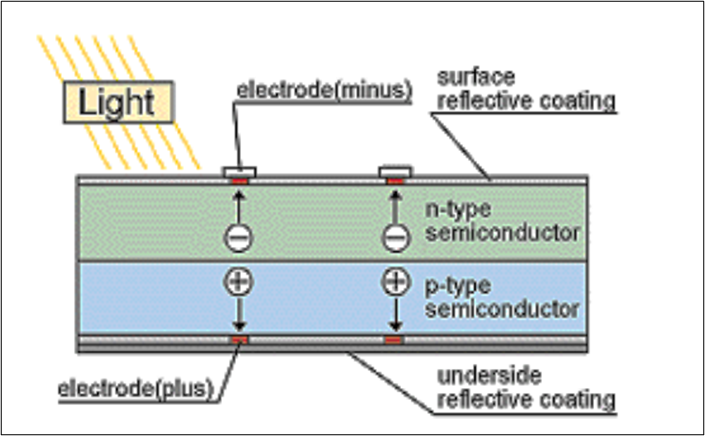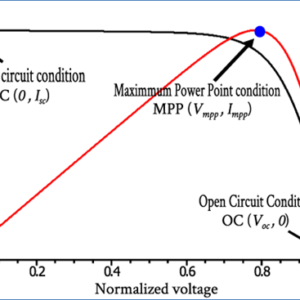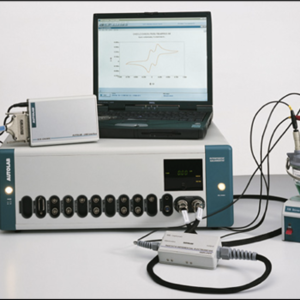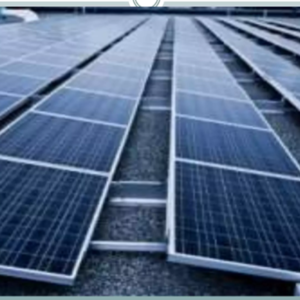Description
Nanomaterials have ushered in a new era in the field of material science, offering unprecedented properties that pave the way for advancements in electronics, photovoltaics, and various other applications. Among the critical techniques for evaluating these materials, IV (current-voltage) characteristics measurements stand out as a fundamental method. IV characteristics refer to the relationship between the current flowing through a material and the applied voltage. This relationship is typically represented by an IV curve, a graphical plot of current (I) versus voltage (V). For nanomaterials, this curve reveals vital information about their electrical behavior, such as conductivity, charge carrier dynamics, and overall efficiency in electronic applications.
Why IV Characteristics Matter
IV characteristics are essential for several reasons:
- Electrical Conductivity: The IV curve helps determine how well a nanomaterial conducts electricity, which is crucial for its use in electronic devices.
- Semiconductor Properties: For semiconductor nanomaterials, the IV curve can reveal the type of conductivity (n-type or p-type) and the material’s behavior under different bias conditions.
- Charge Carrier Mobility: The slope of the IV curve in certain regions can provide insights into the mobility of charge carriers (electrons and holes) within the nanomaterial.
- Device Performance: Understanding the IV characteristics is key to optimizing the performance of nanomaterial-based devices such as solar cells, sensors, and transistors.
Applications and Future Directions
Understanding the IV characteristics of nanomaterials opens the door to numerous applications, from improving the efficiency of solar cells to developing high-performance transistors and sensors. As research advances, new techniques and materials will further enhance our ability to characterize and optimize nanomaterials for specific applications.
For instance, combining IV measurements with other characterization techniques like impedance spectroscopy or transient photoconductivity can provide a more comprehensive understanding of the material properties. Additionally, advancements in nanofabrication techniques will enable more precise control over the properties of nanomaterials, leading to even greater performance improvements.
